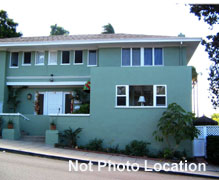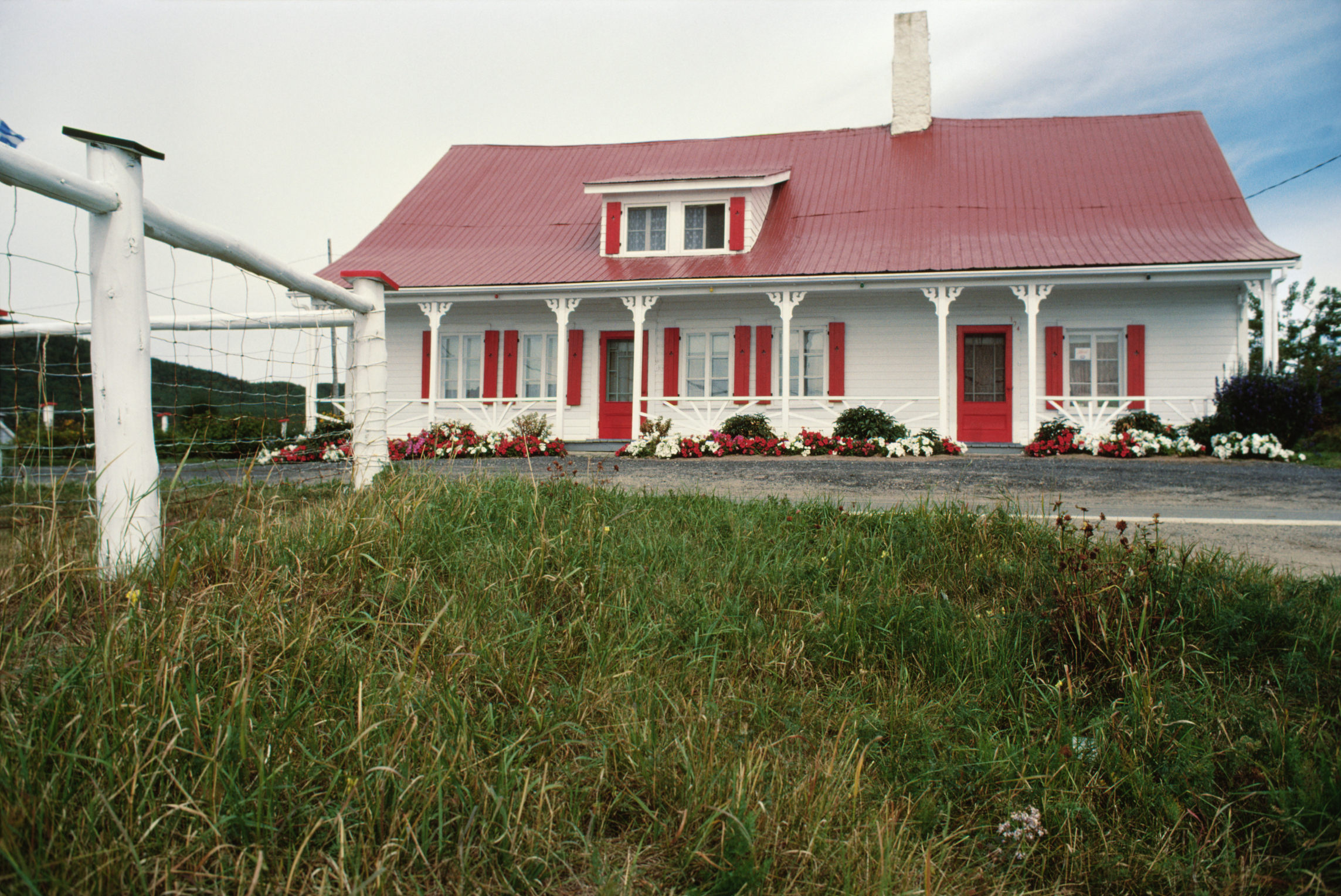Not known Factual Statements About Sober Living Home Austin
Sober living environments are transitional places where individuals who are in recovery for a drug or alcohol addiction can stay after leaving a more structured treatment program and before returning home. Usually people who are coming out of a residential treatment program lasting at least three months are candidates for sober living environments.
There are a few different types of sober living homes, as highlighted below: Halfway house: A halfway house is generally a structured environment that may be regulated by federal or state governments (Sober Living Austin). These homes provide a place for individuals leaving either mandatory (such as prison or court-ordered treatment programs) or voluntary addiction recovery programs.

Periodic drug screenings and breathalyzer tests are likely required to remain in residence. Some halfway houses that are federally funded may have shorter lengths of stay due to budgetary restraints. Oxford House: As a nonprofit organization, an Oxford House provides a drug-free environment for people in addiction recovery. Most homes house 6-15 individuals.


An Oxford House is democratically run and financially self-supporting, and many residents were previously homeless or have spent time in jail. Usually, individuals may stay as long as they wish, provided they continue to follow house rules and regulations. Sober living home: A sober living home (SLH) is not generally funded by state or federal resources, and therefore may not be regulated or licensed the same way.
Getting My Halfway House Austin To Work
SLHs may have fewer restrictions on the length of time a person may stay in the home. Individuals may be able to continue living in a SLH as long as they comply with all house rules and remain drug- and alcohol-free. While there may be different types of sober living communities and environments, most follow some general guidelines and structures.
A study published by Psychology Today shows that individuals who remain sober for at least a year only relapse about 50 percent of the time, while only 15 percent of those who are abstinent for five years relapse. Sober living homes provide a peer support network of other individuals who are also in recovery and who have similar goals for remaining abstinent on a long-term basis.

Treatment facilities may provide referrals or direct admission into a sober living home after being discharged from a residential treatment program. In some cases, the court or prison system may mandate a stay in a halfway house, and in these cases, individuals are likely admitted or referred directly. halfway house austin tx. Otherwise, individuals may find a sober living home on their own and request admission.
While many individuals may enter into a sober living home directly from an addiction treatment program, others may not have undergone any formal treatment and may just be seeking a sober environment outside of formal treatment methods. Some homes may require a majority vote in order to become a resident.
Unknown Facts About Halfway House Austin


Others may simply require that there is an opening, or an empty bed, in the home and for the individual to be in recovery from a drug and/or alcohol addiction with the desire to remain sober. Many sober living homes and Oxford Houses are single family homes in residential neighborhoods.
The Substance Abuse and Mental Health Services Administration (SAMHSA) also provides a Behavioral Health Treatment Services Locator tool to help individuals find particular addiction treatment and recovery services in their local area (Sober Living Austin). Sober living homes require residents to follow the house rules that are set up by each individual house.
When the sober environment is combined with regular attendance at a 12-Step program, abstinence may be more easily sustained, the Journal of Psychoactive Drugs postulates. In many cases, individuals may still attend weekly sessions, meetings, educational programs, and other outpatient addiction treatment services while residing in a sober living environment.
Sober living homes may have particular rules about visitors and respectful roommate behavior. They may have weekly house meetings to check in with each other and make sure all residents are pulling their own weight and feeling supported in their recovery. Each home may be structured slightly differently, so it is a good idea to learn expectations and requirements of a particular home before moving in.
4 Easy Facts About Halfway House Austin Shown
Many sober living homes allow residents to remain within the home as long as they need to, as long as they continue to follow the rules set up by the house and its residents. Each individual may go through treatment and recovery differently, so there is no set length of time that works for every person.
After a period of time in a transitional environment like a sober living home, individuals may return to work or school while living in the home. They may be able to slowly reintroduce some of the trappings of “everyday†life while staying in an environment that supports their sobriety. Once individuals feel ready, they may put in their notice at the sober living home and transition back into a standard living environment.
Get More Information